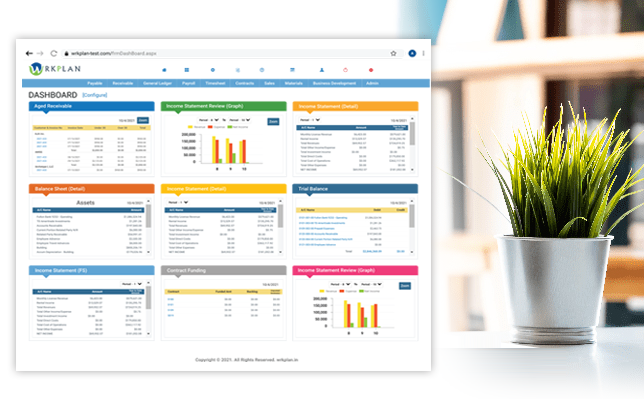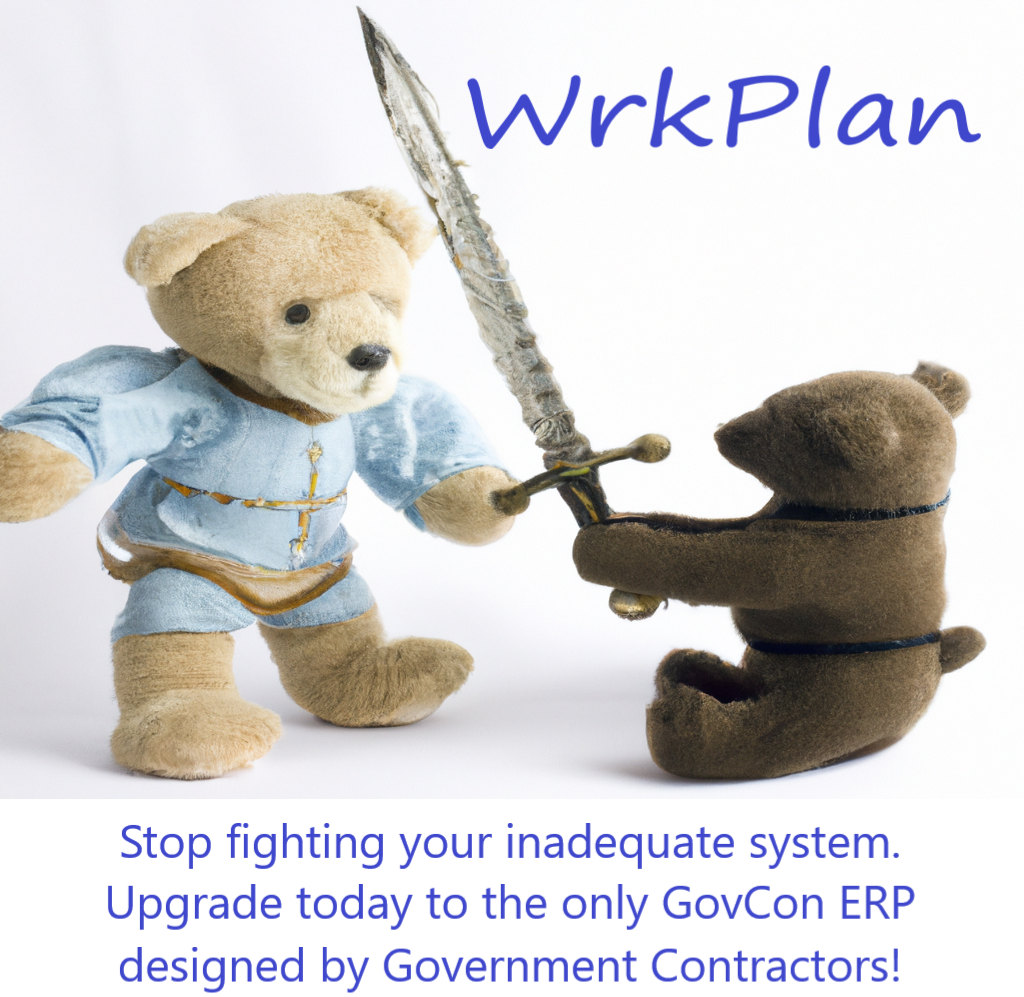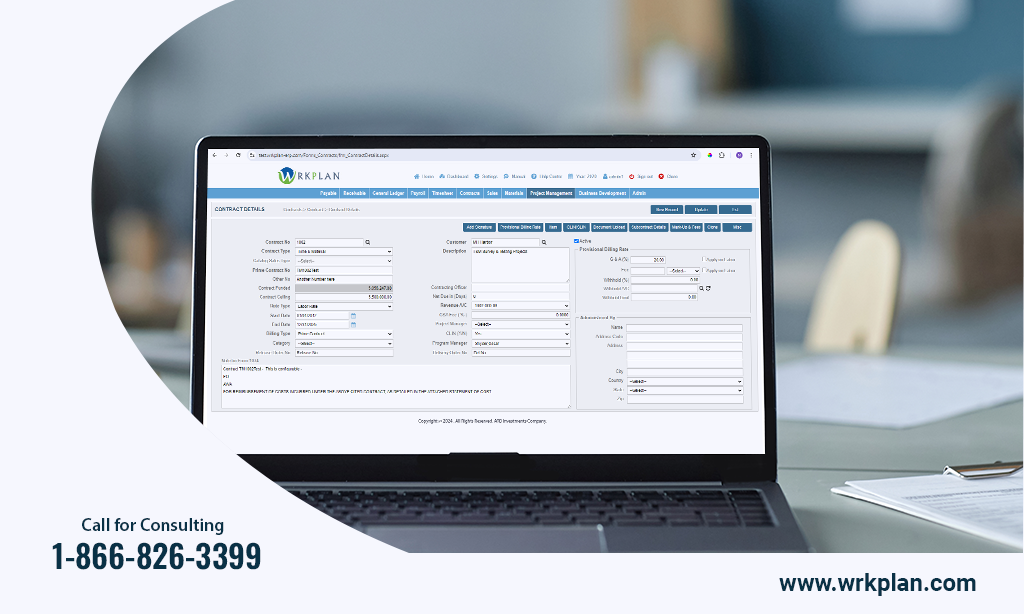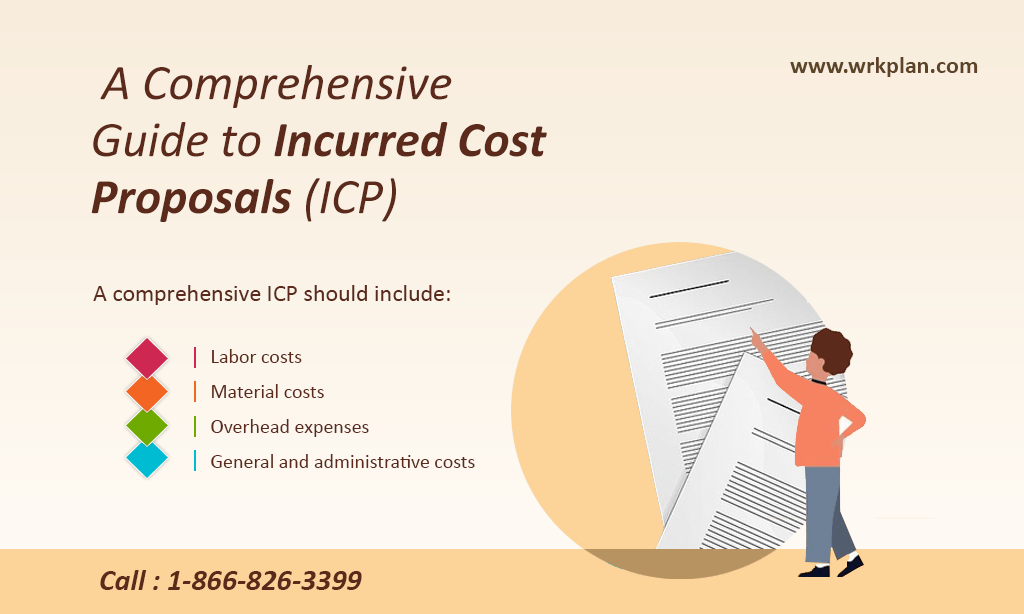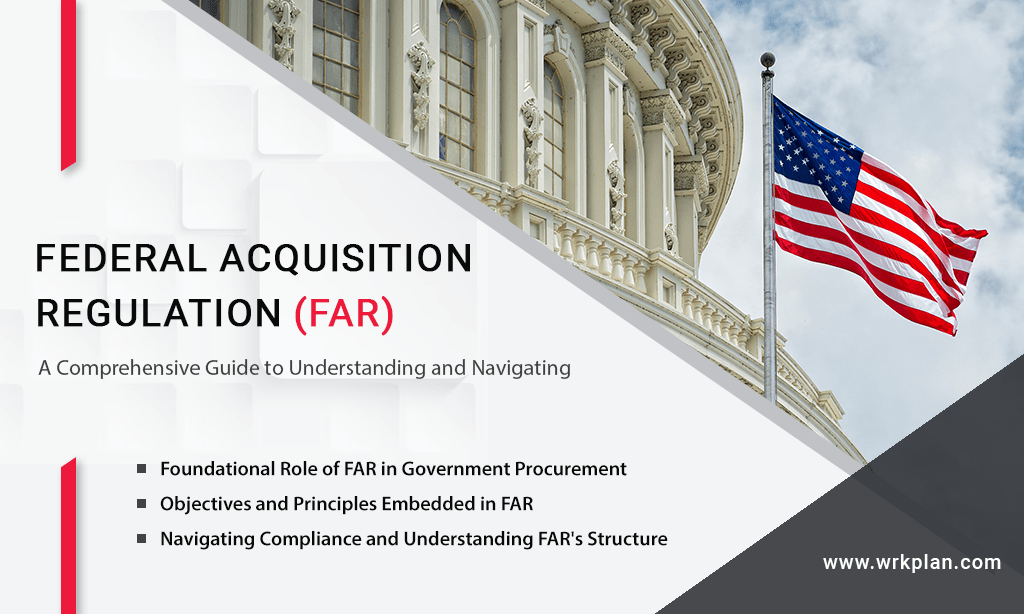To determine your timeline for implementing a new Enterprise Resource Planning (ERP) system, you can follow these strategies:
- Define your goals: Define the goals and objectives of the ERP system implementation, such as improved business processes, increased productivity, or better financial reporting. This will help you prioritize tasks and create a timeline for implementation.
- Conduct a needs assessment: Conduct a needs assessment to identify the specific requirements of the new system, such as features, modules, and integrations. This will help you identify potential roadblocks and estimate the time and resources needed for implementation.
- Create a project plan: Develop a detailed project plan that includes tasks, milestones, and deadlines. Use this plan to identify potential delays and adjust the timeline as needed.
- Identify resources: Identify the resources needed for implementation, such as personnel, hardware, and software. This will help you estimate the budgetary constraints and identify potential cost savings.
- Consider phased implementation: Consider phased implementation, where you roll out the new system in stages, instead of all at once. This can help reduce the risk of delays and minimize disruptions to your business operations.
- Get buy-in from stakeholders: Obtain buy-in from key stakeholders, such as management, employees, and customers. This will help ensure that everyone is on board with the implementation plan and timeline.
- Monitor progress: Regularly monitor the progress of the implementation and adjust the timeline and budget as needed. This will help you stay on track and identify potential roadblocks or areas where additional resources may be needed.
By following these strategies, you can develop a realistic timeline and budget for implementing a new ERP system. It is important to consider the unique needs and requirements of your organization and seek input from key stakeholders throughout the process.


